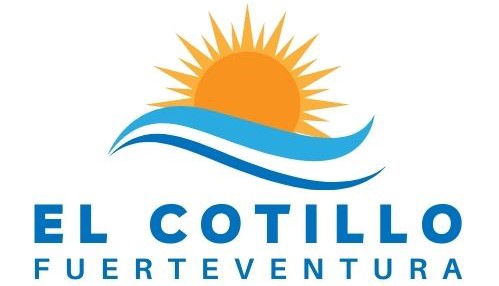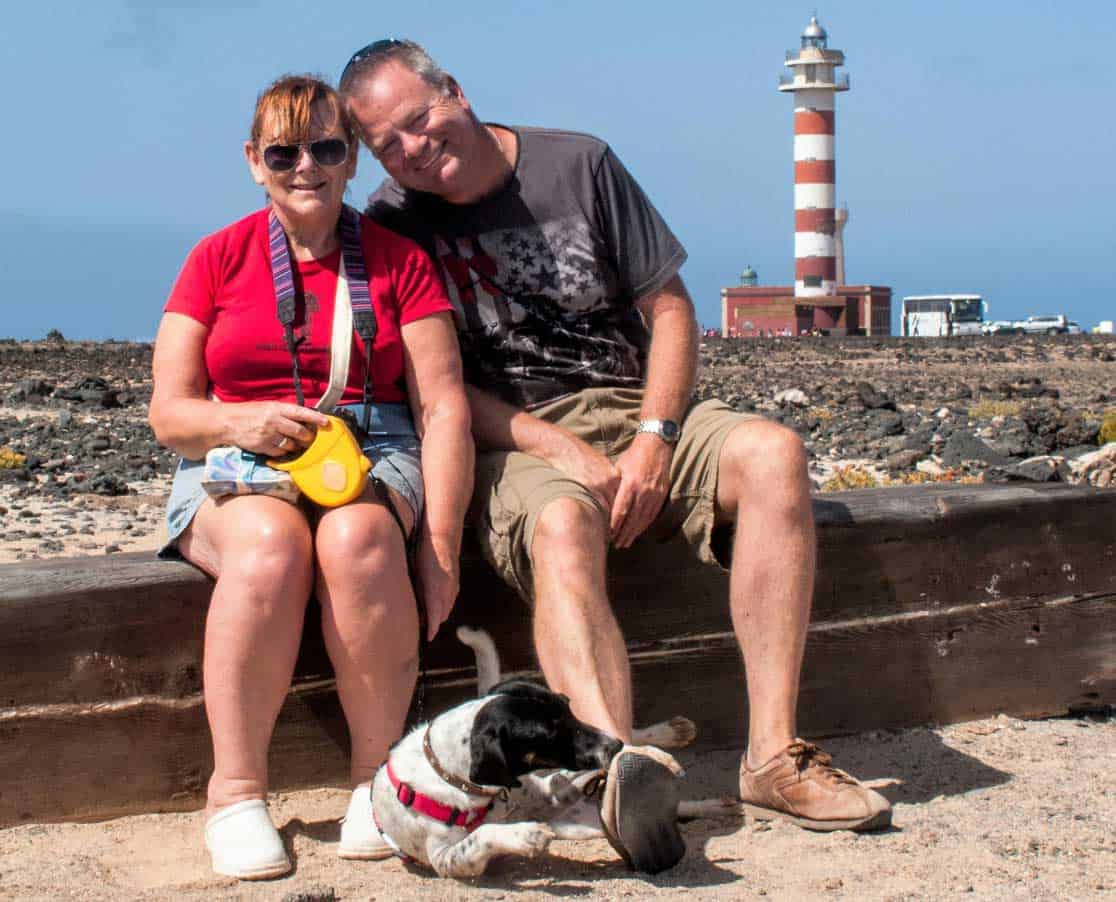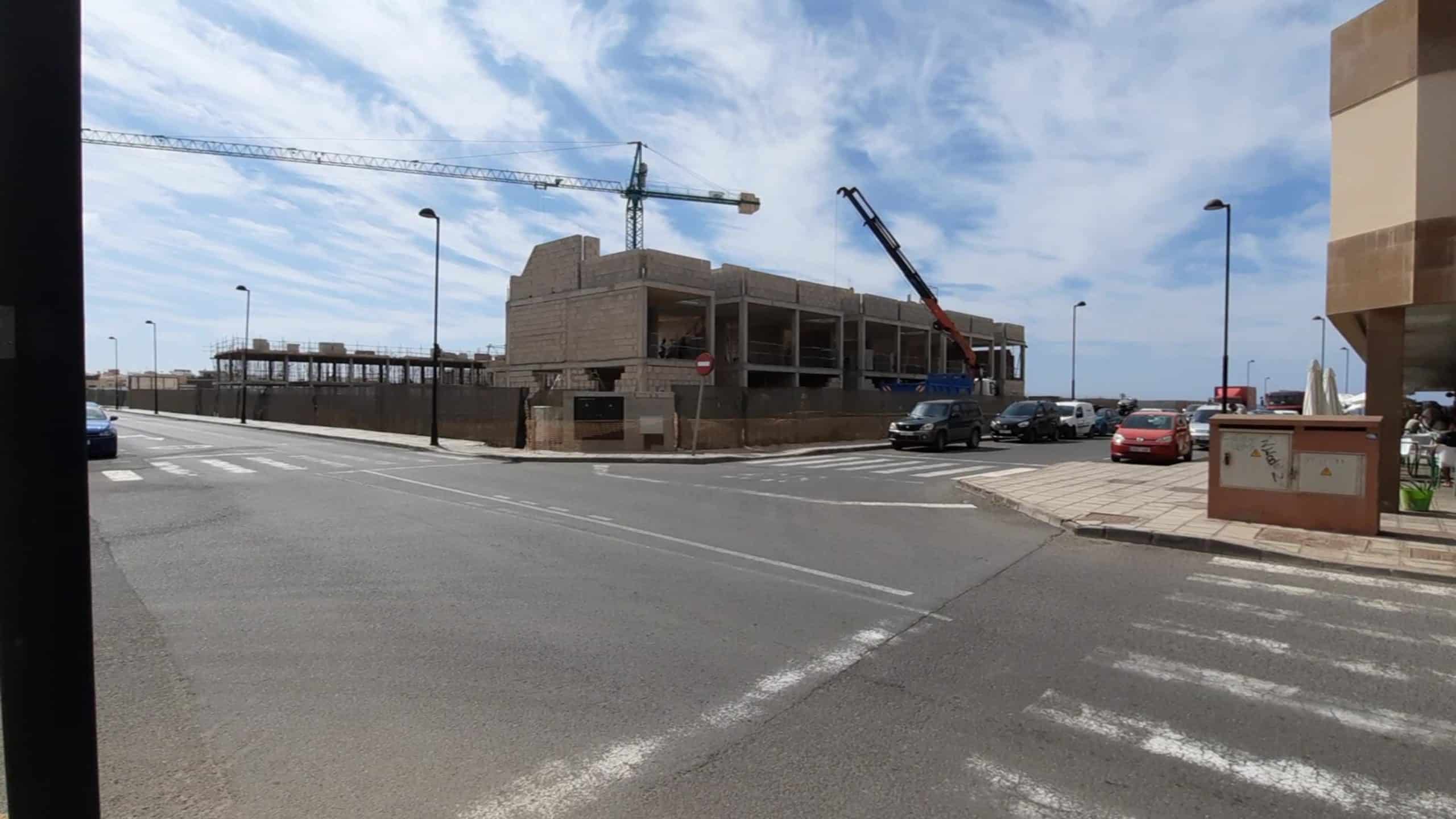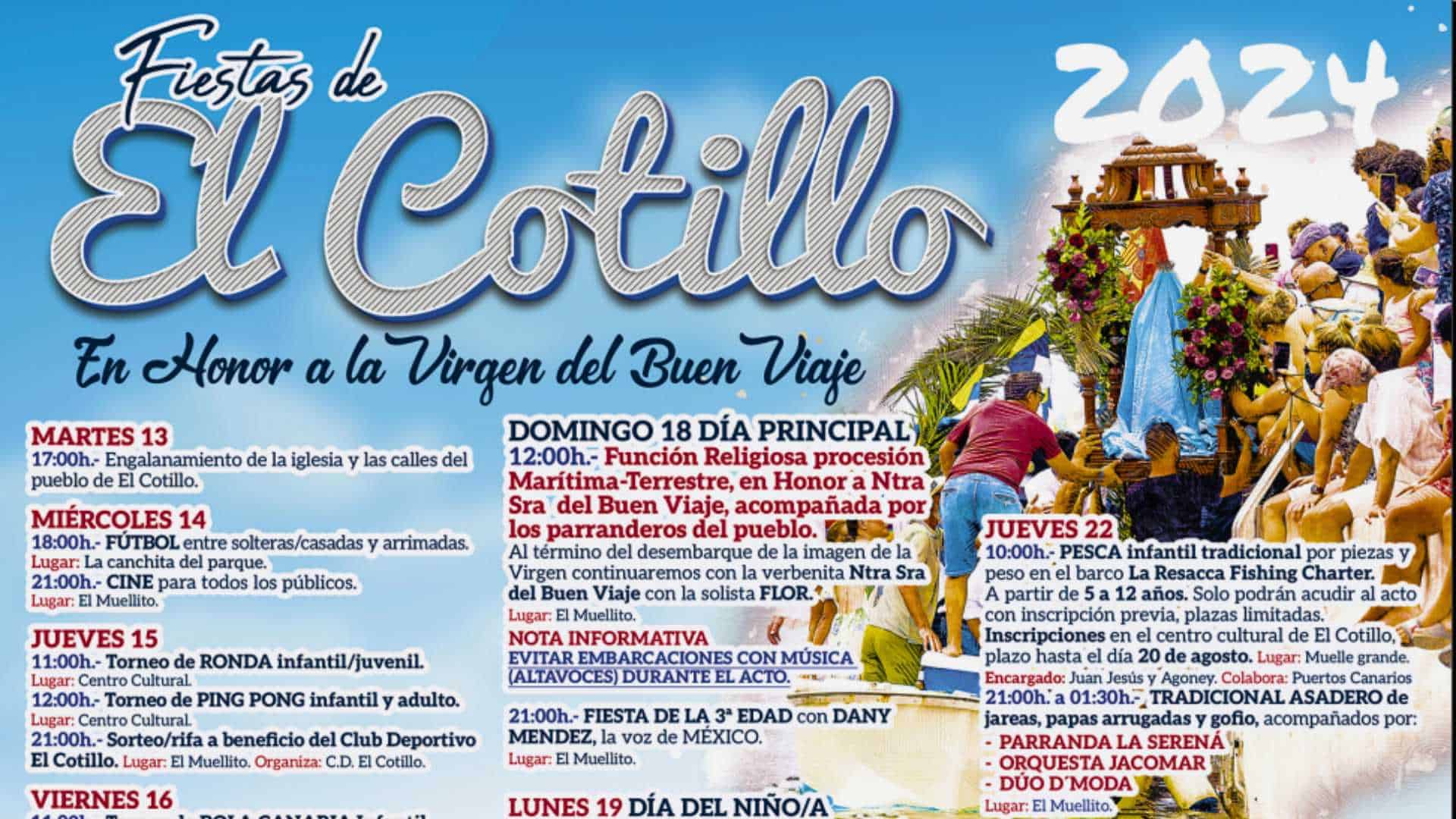
Yes, that’s right. Vandals have totally destroyed the labyrinth in the hills above the beaches of El Cotillo. In this case, the vandals were the La Oliva Ayuntamiento (Town Hall) themselves.
It was built in 1999 by Wolf Patton and has not harmed anything in those 25 years. Of course, as is usually the case, the Ayuntamiento used the excuse that it was “for environmental and ecological reasons.”
This was the same pathetic reason they gave for removing Torino’s Beach Bar on Playa de la Concha – even though they built a new bar on the same site last year!
Until now, the current mayor of La Oliva, Isaí Blanco, has done quite a good job, in my opinion—and I don’t praise politicians very often. But this move is petty—fueled, I suspect, not by an environmentalist but by one particular individual who lives in the area and was upset at the mass tourism it generated—perhaps a dozen people a week.
You can read the article here – https://laoliva.es/noticias/5082
The translation into English:
The Department of the Environment, in collaboration with the Department of Street Cleaning, removes stones, waste and other objects in order to restore the landscape of the municipality
The City Council of La Oliva, through the Department of the Environment, headed by David Fajardo, is proceeding to eliminate and remove mounds of stones that damage the landscape of the municipality. This action will be carried out in the construction known as the Wolf Patton Labyrinth located in the Natura 2,000 network, a special protection area for the Lajares, Esquinzo and Costa del Jarubio zepa birds. The stacking of stones that characterizes this work causes a domino effect on the municipal territory, leading to an increase in illegal constructions carried out without permission that cause harmful behavior for the environment. Thus, the institution, in collaboration with the Department of Street Cleaning, headed by Rubén González, has decided to reverse this alteration of the natural layout by collecting stones, waste and other types of objects that threaten the biosphere. A sign will also be placed on good environmental practices in order to prevent these acts that are harmful to the ecosystem of the place from being repeated.
The idea is to naturalise the area and eliminate the construction that has been carried out irregularly on private property and without permission from the owners, something that has affected the neighbours in the area. In addition to this, the reasons that most concern the Department of the Environment are the direct consequences that have already been seen on the territory. Thus, this work has generated a huge influx of visitors to the place while encouraging the creation of mounds, corrals, bonfires, garbage, spiritual retreats, encounters with crowds and even the creation of new uncontrolled paths that pose a risk to the area. This type of alteration of the ecosystem is punishable by the Natural Heritage Law, which prohibits all types of
constructions that may damage the environment. The ultimate goal of the public institution is not only to preserve the fauna and flora of the area, but also aims to protect the natural environment of the municipality from unauthorized alterations by public bodies.
The mayor of La Oliva, Isaí Blanco, recalls the commitment of the local government: “From the City Council we will take the necessary measures to preserve our landscapes. Works such as these are not only built illegally but also cause direct damage to this protected area.” The Councillor for the Environment, David Fajardo, states the need for the Public Administration to control this type of action: “Taking into account the indications of the Agency for the Containment of the Natural Environment, the UMA of the Local Police and different environmental agents, we have decided that the best option is to restore the place and thus recover the original state of the site.” Fajardo has also stated that: “The aim of the Council is to put an end to the accumulation of rubbish, unmarked parking lots and unregistered paths. We want to remind that the natural environment is not a canvas on which to pour art, so we cannot allow a work produced illegally to continue to be in our orography.”
This action works in line with the objectives of the La Oliva Town Council to promote the binomial Tourism and Environment. Through it, it is intended that any action carried out on the municipal territory must be communicated in advance to the competent authorities. These will be in charge of carrying out an environmental assessment of the project and deciding whether it is viable for the area. The aim is to conserve the municipality’s landscape while promoting a model in which locals and visitors can enjoy the island’s natural surroundings while preserving its nature for future generations.





Leave a Reply